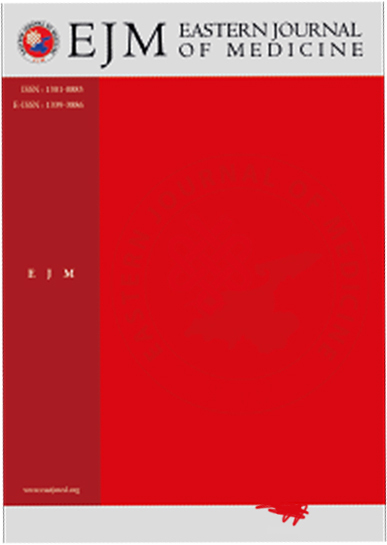Comparison of ICU and non-ICU patients infected with the 2009 H1N1 influenza virus in a Florida Childrens Hospital between April and December 2009
Haidee T. Custodio1, Michael O. Gayle2, Christine S. Bailey3, Peter S. Wludyka4, Mobeen H. Rathore512
3
4
5
We conducted a retrospective comparative review of children < 21 years of age infected with the 2009 H1N1 influenza virus hospitalized between April and December 2009 in northeast Florida, United States. Patients admitted to the Pediatric Intensive Care Unit (PICU) and general medical ward were compared based on patient demographics, chronic medical conditions, complications, co-infections, length of stay and outcome. Of the 119 hospitalized children, 25 (21%) were admitted to the PICU and 94 (79%) were admitted to the general medical ward. Overall, there were 63 (53%) male and 54 (45%) African-American. Mean age was 6.4 years with 52 (44%) patients < 5 years of age. Fever was seen in 114 (96%) patients and 60 (50%) patients had respiratory distress of varying severity. More than 70% of patients had at least one chronic medical condition, with the three most common being pulmonary, immunosuppression and neurodevelopmental conditions. The incidence of microbiologically-proven co-infections and mortality rate were 6.7% and 0.8%, respectively. Patients stayed at the hospital for an average of 4.3 days. Our analysis demonstrated that patients in the PICU had a statistically significant higher rate of chronic medical conditions, complications and longer lengths of stay compared to patients admitted to the general medical ward.
Keywords: H1N1, influenza, pandemic fluManuscript Language: English














